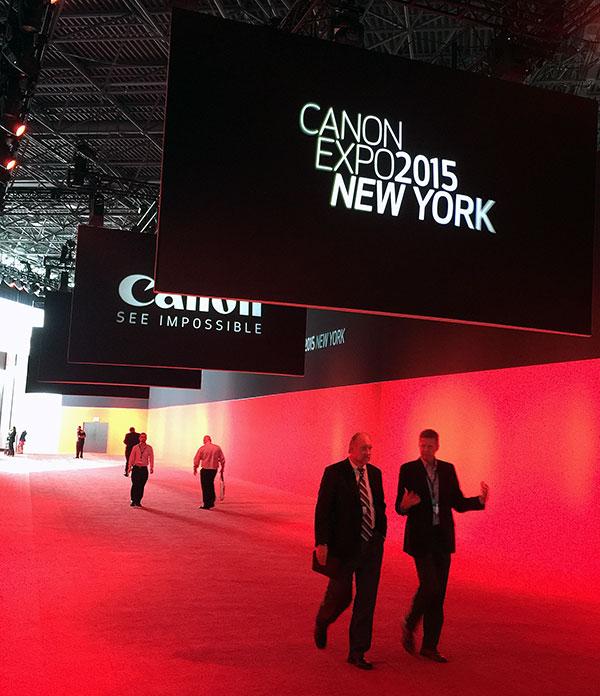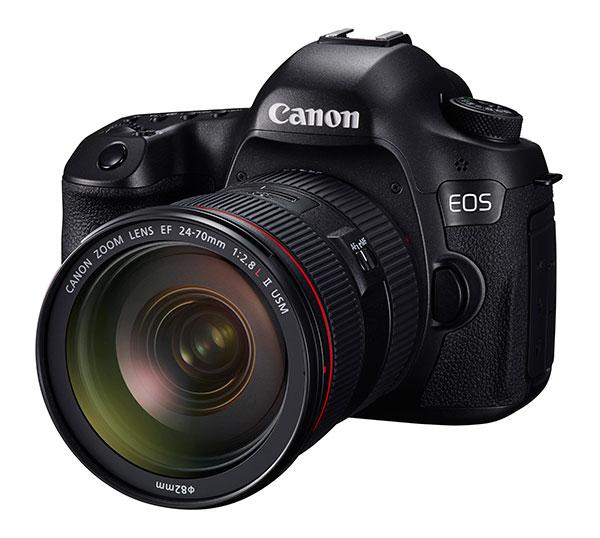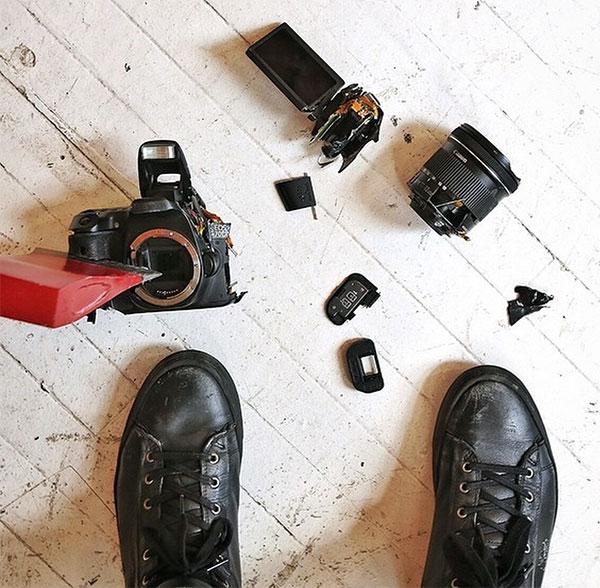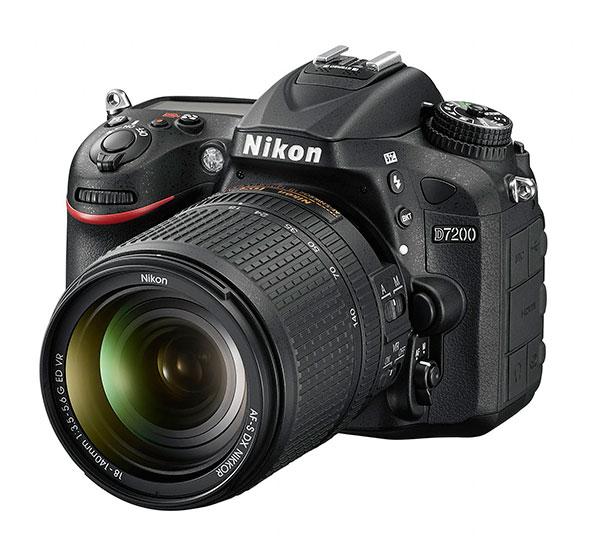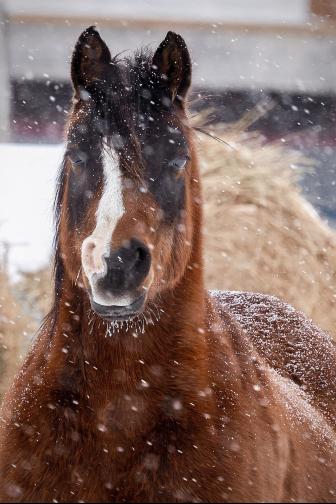DSLR News
Sort By: Post Date TitlePublish Date
|
Sep 10, 2015 |
|
Sep 10, 2015 |
|
Sep 08, 2015 |
|
Sep 08, 2015 |
|
Jul 30, 2015 |
|
Jul 22, 2015 |
|
Jul 09, 2015 |
|
Jun 11, 2015 |
|
May 28, 2015 |
|
May 12, 2015 |
|
May 04, 2015 |


